The BRBS will charge 16 individual 18650 Li-ion cells (yes there's 17 slots but one will be empty) with a common negative. Electronic devices to be brought along will accept 18650 cells or will be modified to do so. In the case of cameras, a swichmode camera battery charger will be built as there's not enough room in a camera for a 18650 cell.
Future ideas:
1. Use a brushless motor (Hobbyking 2KW outrunner or something like that) to reduce friction.
2. Allow the dynamo to run as a motor to help getting up the steeper hills (some torque on the front wheel would really make things easier). Of course it would have to be used sparingly.
3. Following on from the above, maybe even a winch attachment for hills that are more that 45° steep...
 recyclojunk
recyclojunk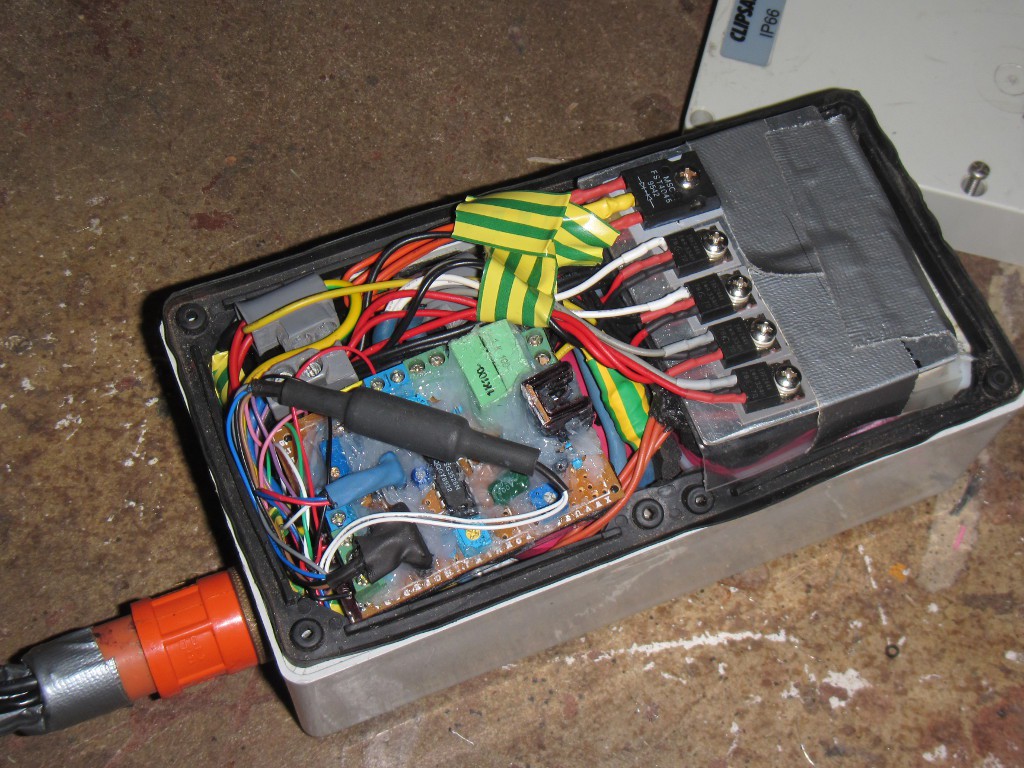
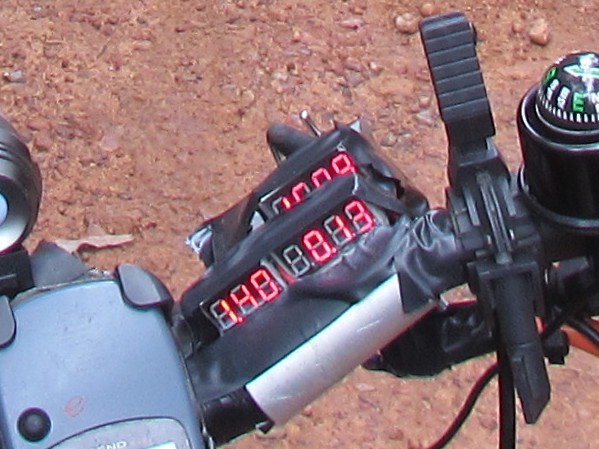
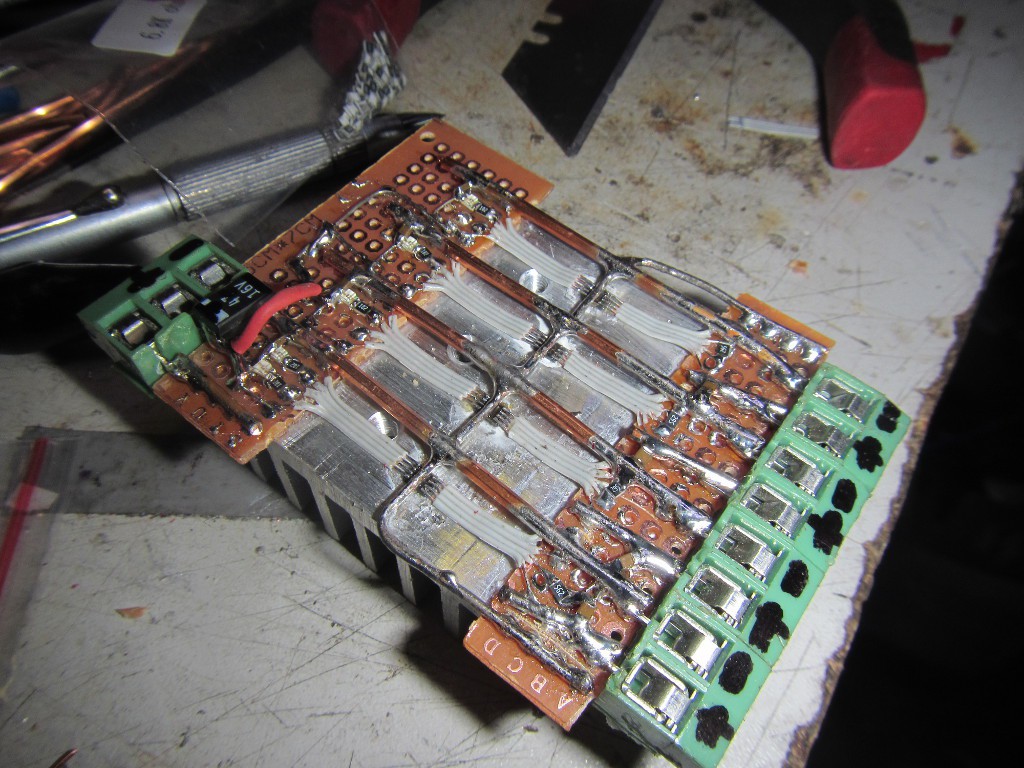
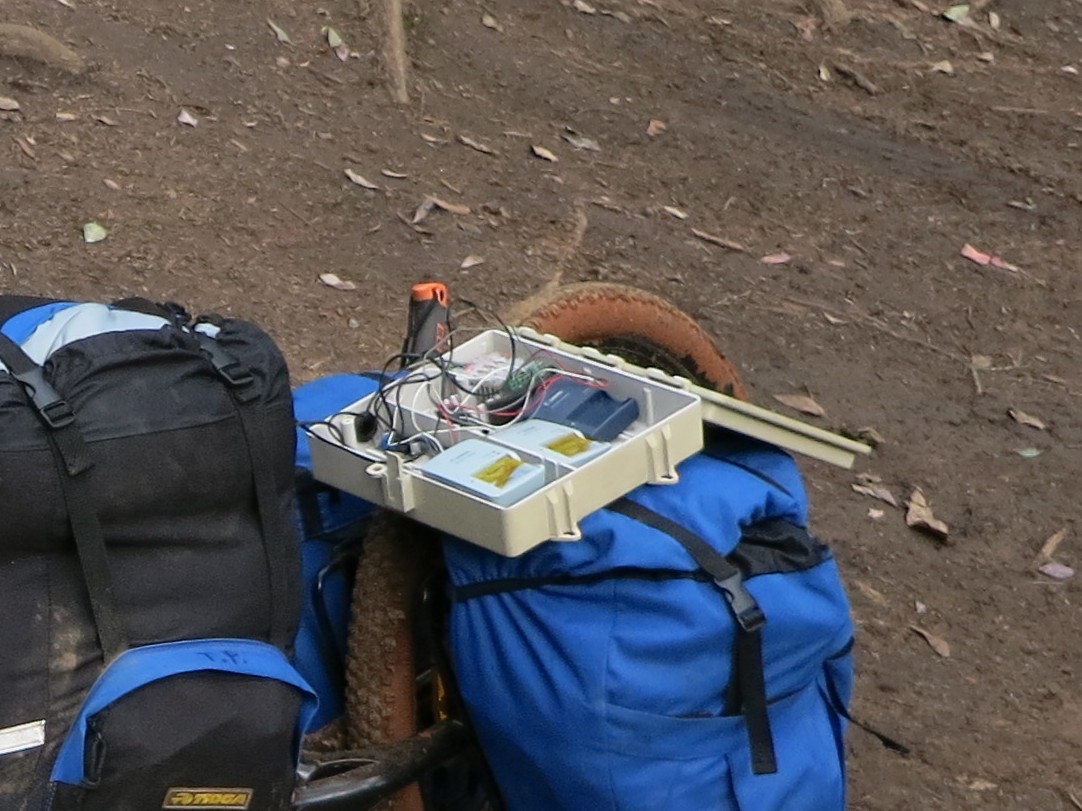
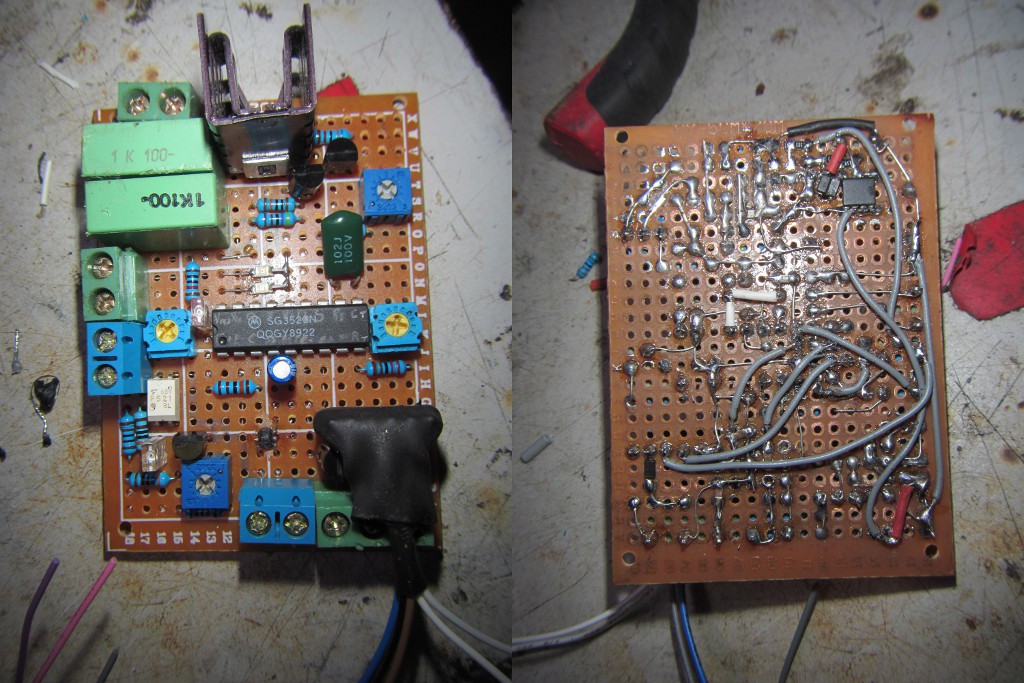
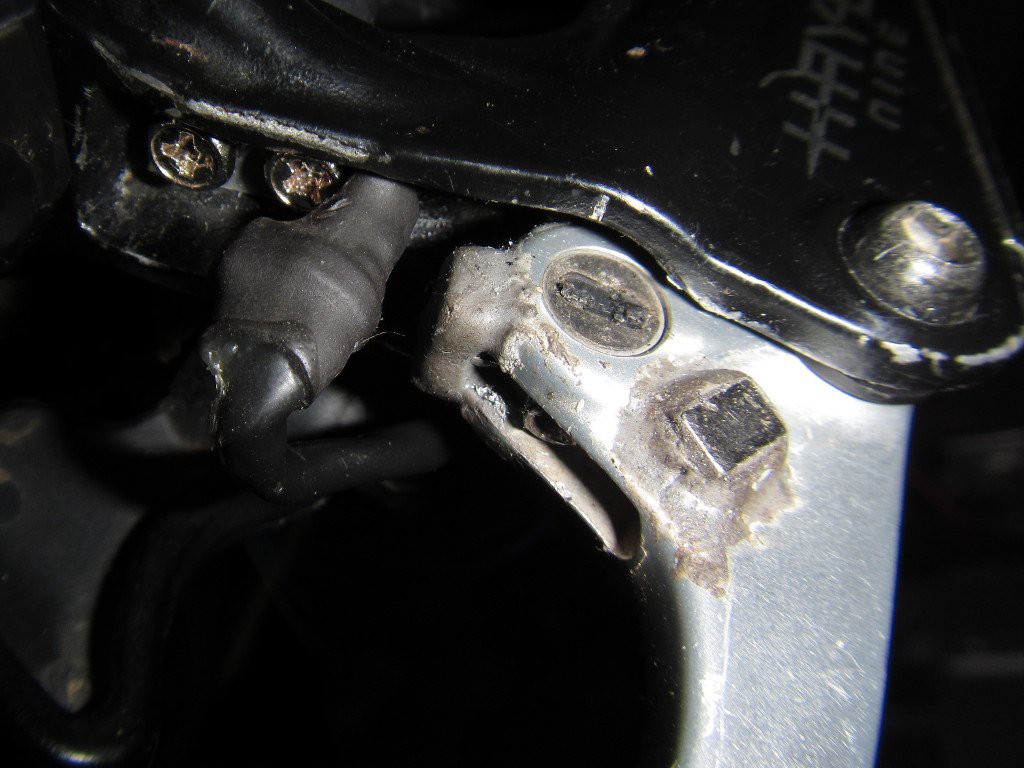
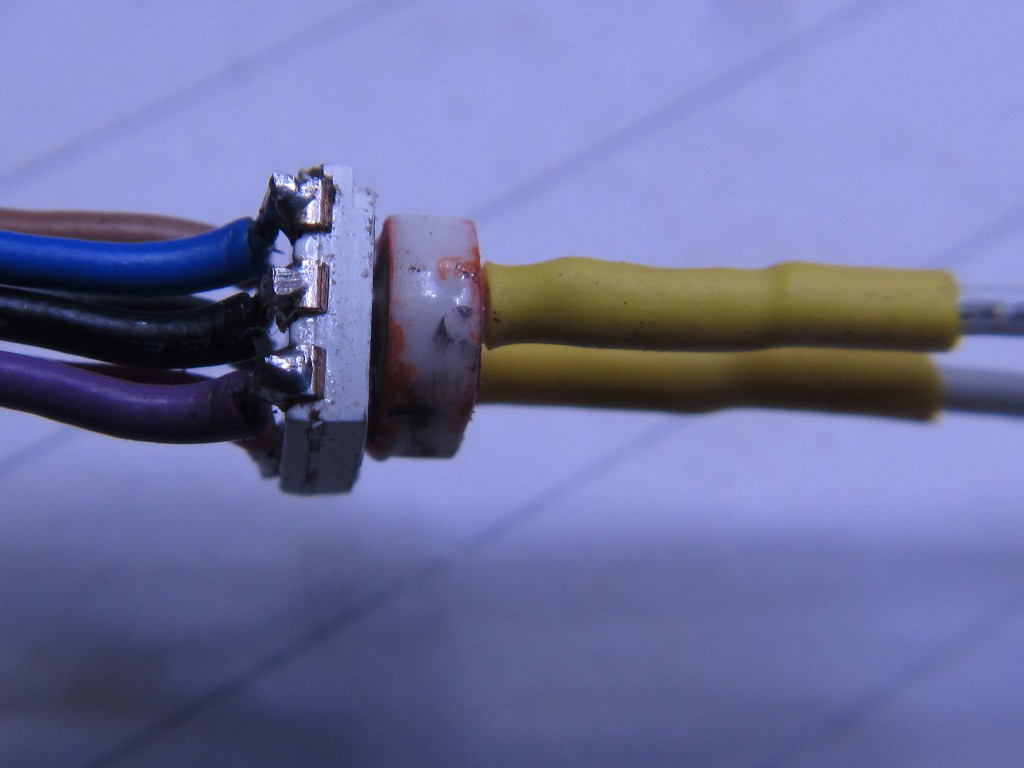
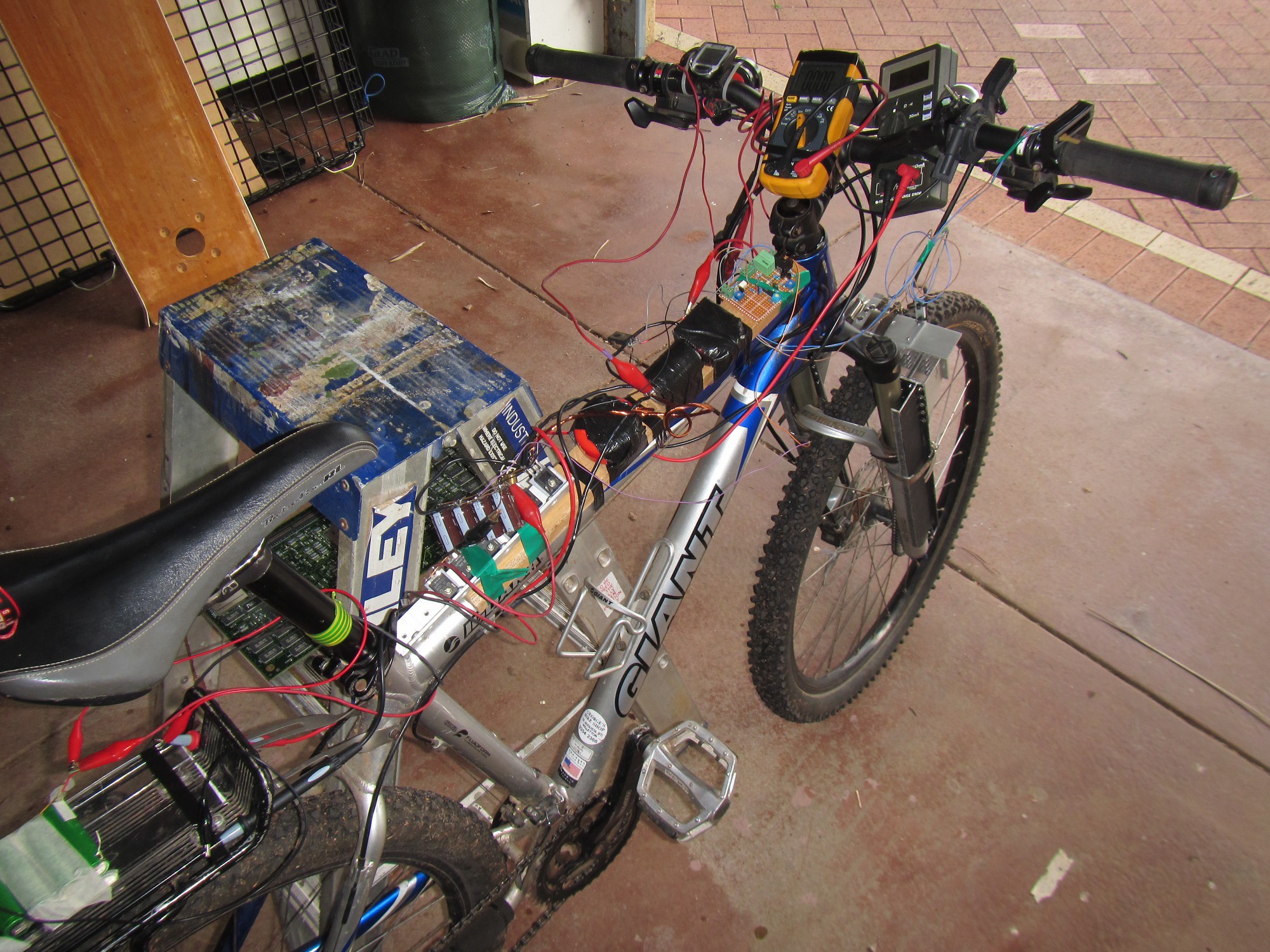
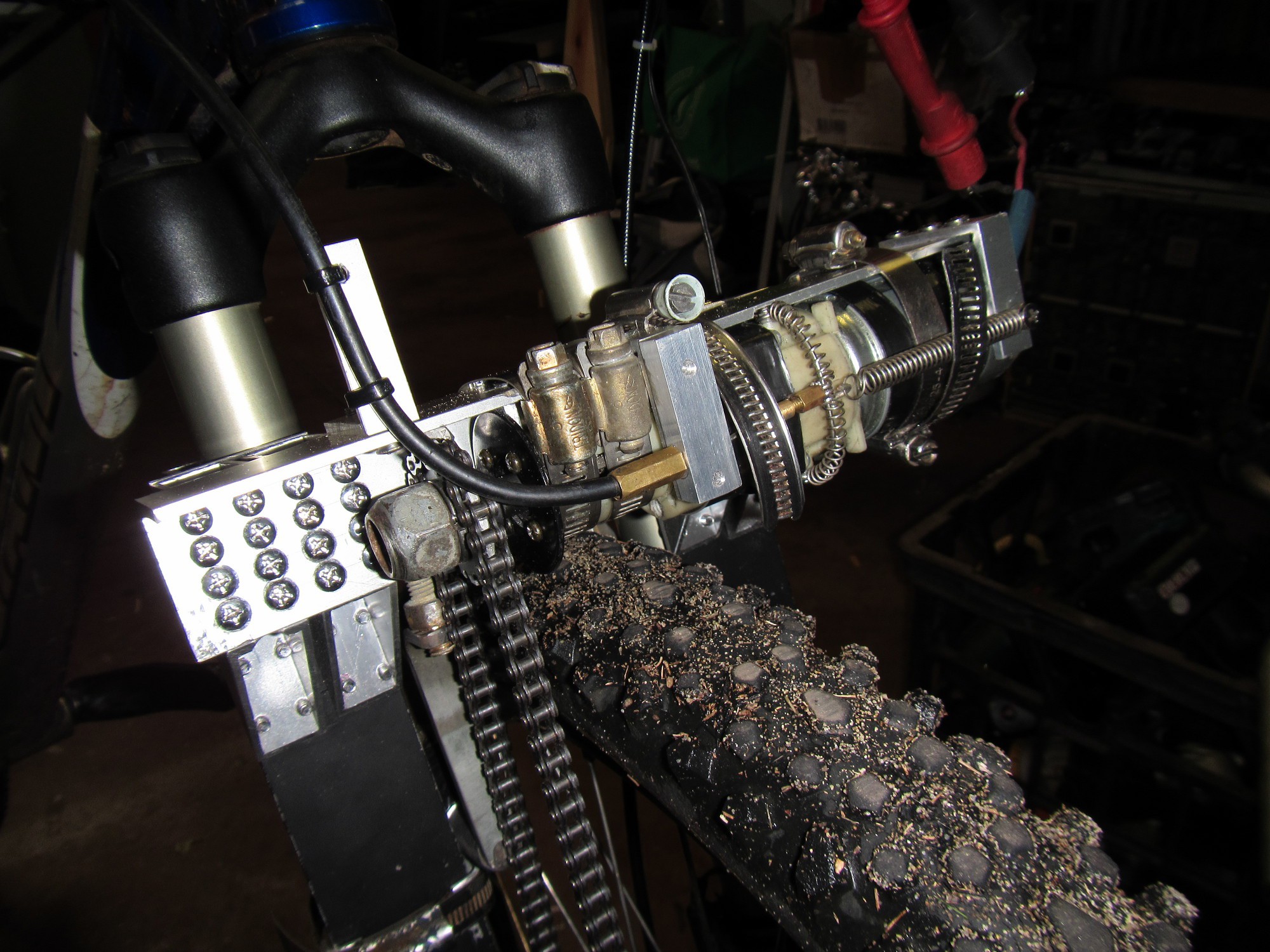 Now for the electronics. With only two weeks to go until the camp, I'm not completely sure I'll get all 16 of those switchmode converters done. And of course I also have to organise and pack everything else as well. So I am thinking of possibly cheating and just charging a 12V 7Ah lead-acid battery instead with a single buck/boost converter. The most power will be used by the cameras and laptop, which won't be any harder to run off of a 12v battery than 18650 cells. The only thing that really requires 18650 cells are the flashlights, which we will be using sparingly anyway.
Now for the electronics. With only two weeks to go until the camp, I'm not completely sure I'll get all 16 of those switchmode converters done. And of course I also have to organise and pack everything else as well. So I am thinking of possibly cheating and just charging a 12V 7Ah lead-acid battery instead with a single buck/boost converter. The most power will be used by the cameras and laptop, which won't be any harder to run off of a 12v battery than 18650 cells. The only thing that really requires 18650 cells are the flashlights, which we will be using sparingly anyway.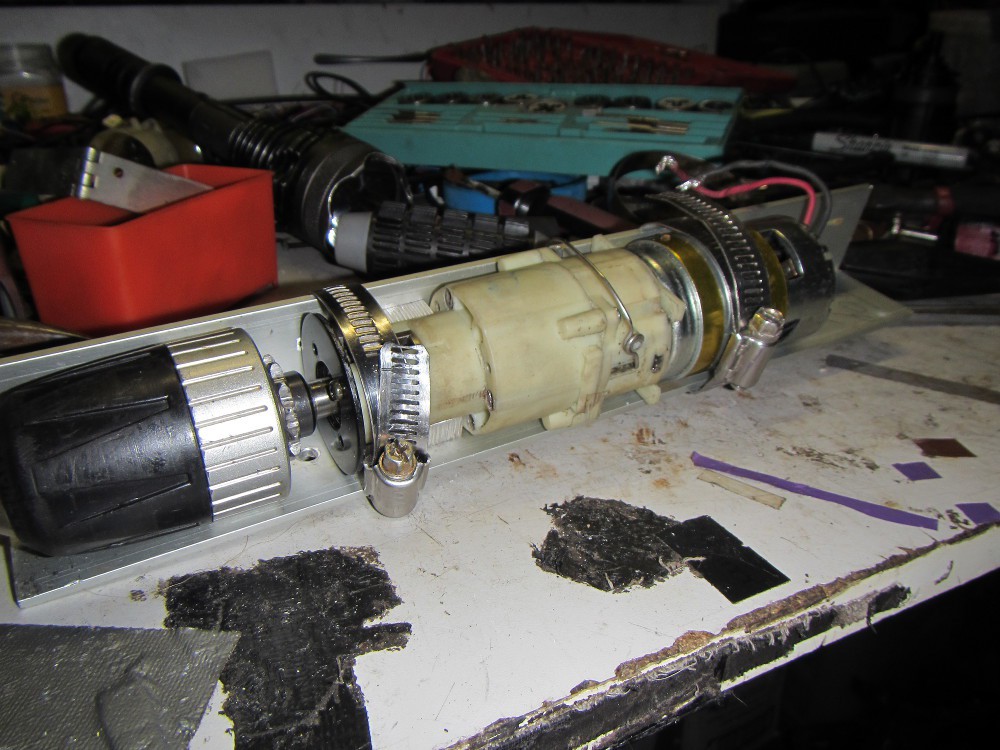
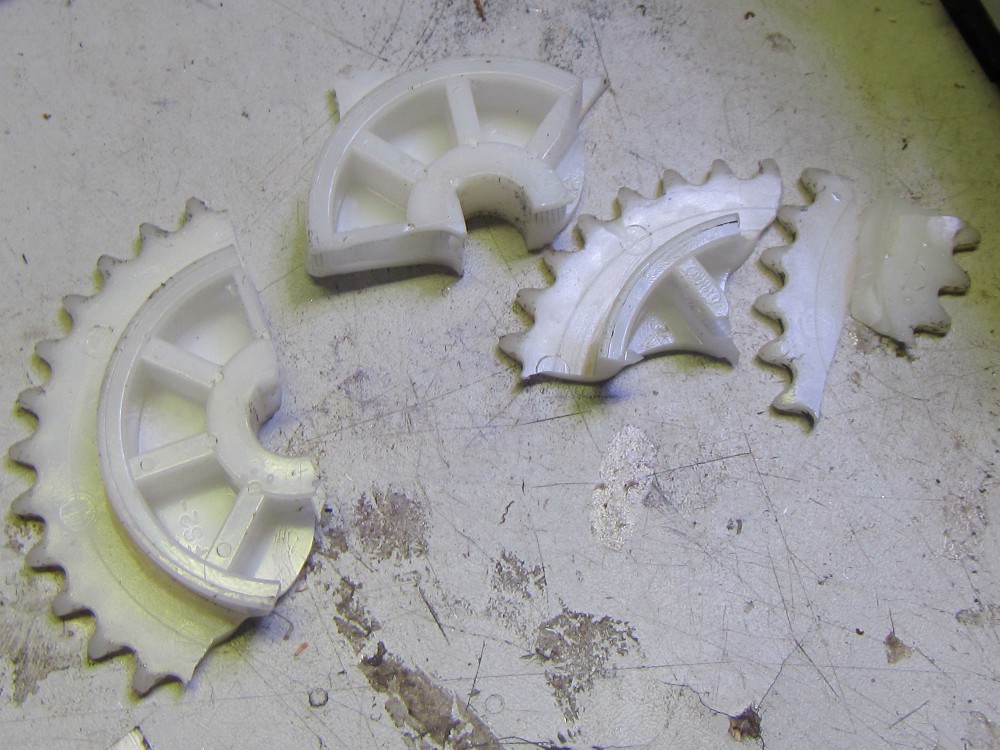
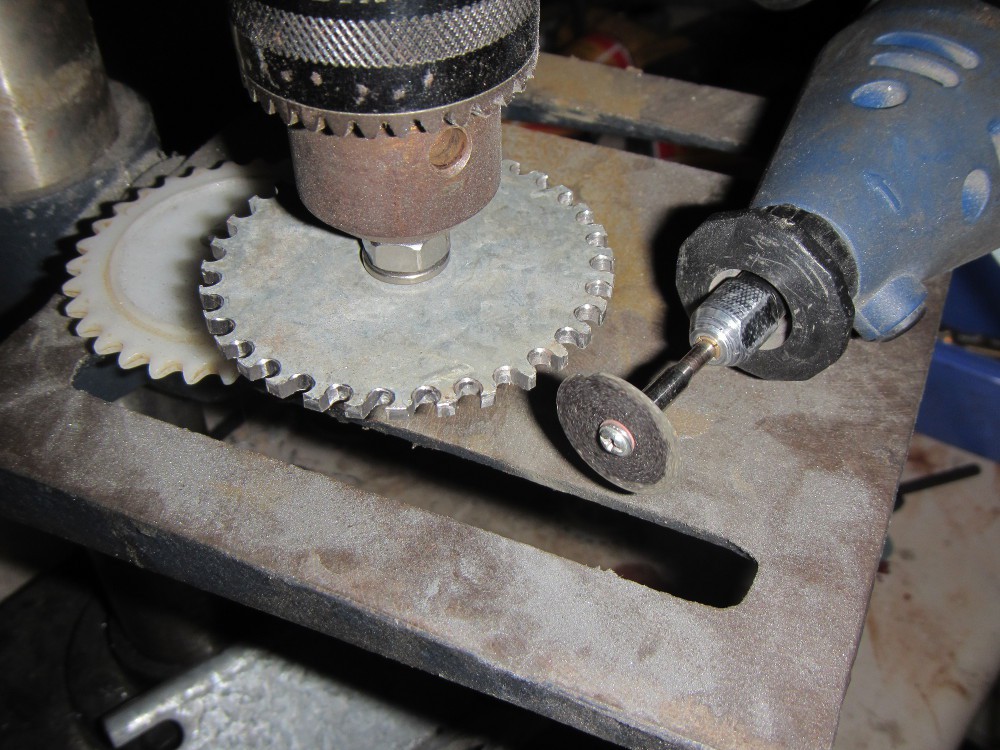



Such is the life of a procrastinator...
Speaking of which, I've gotta get this finished before my 6 week bike camp in September!